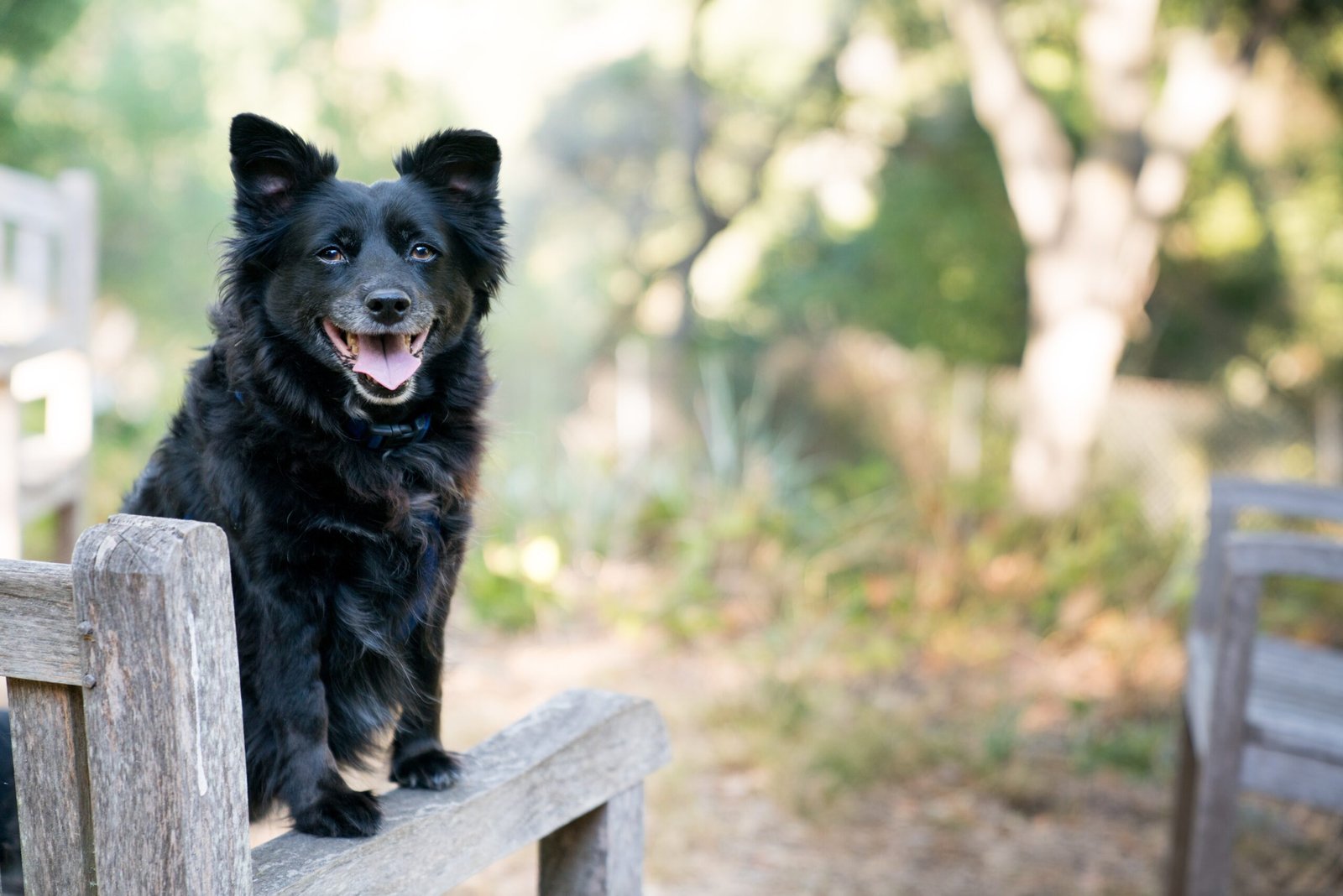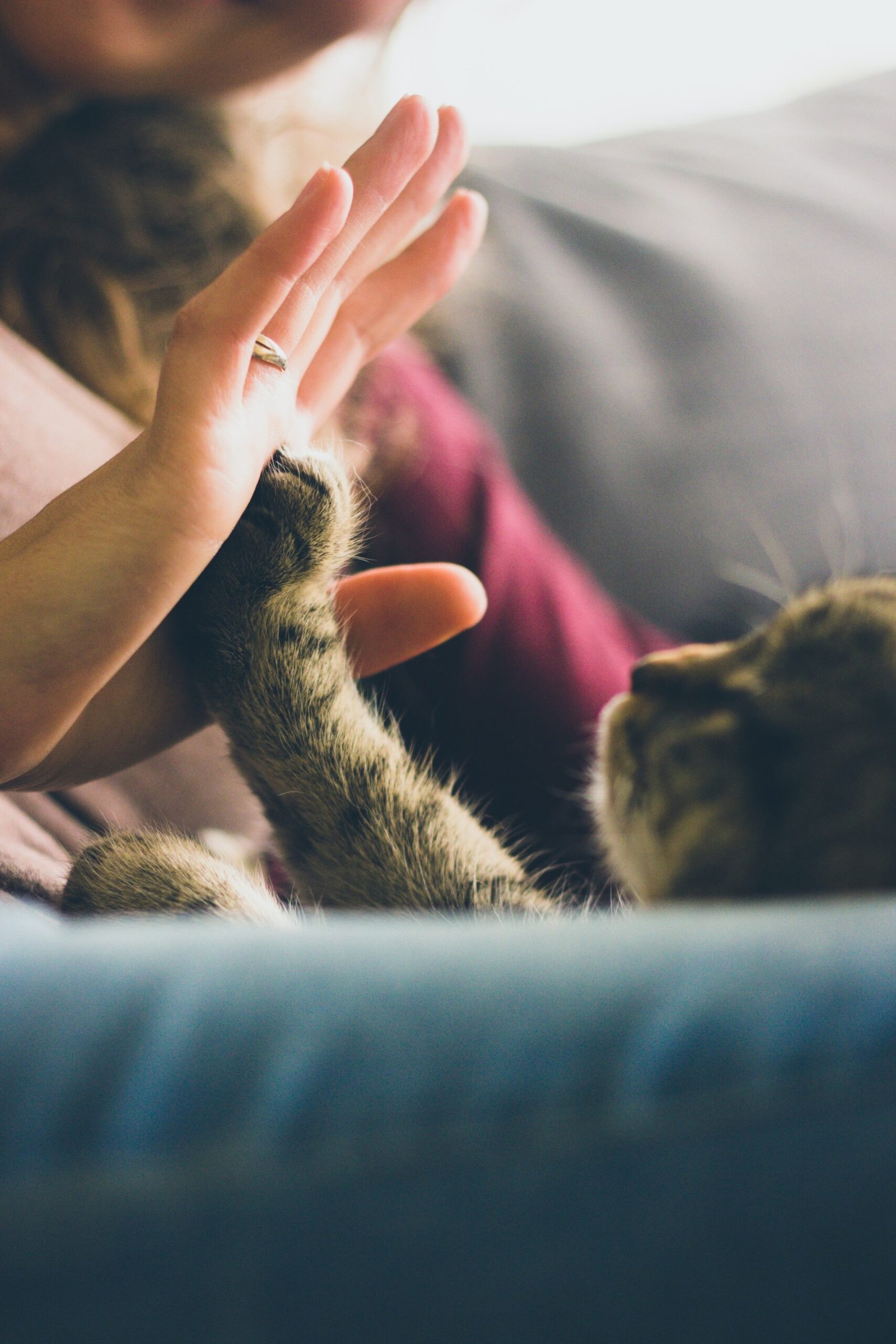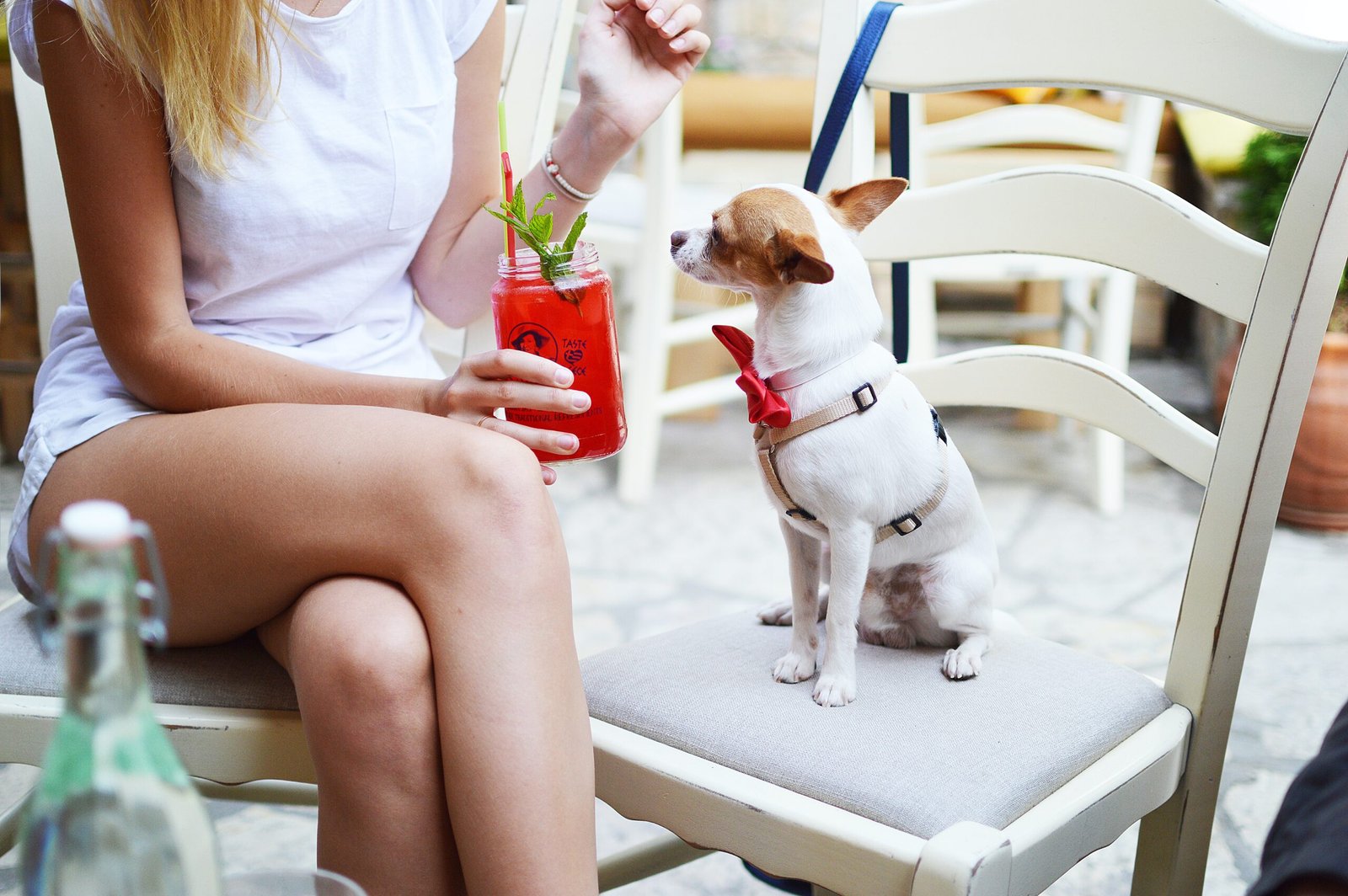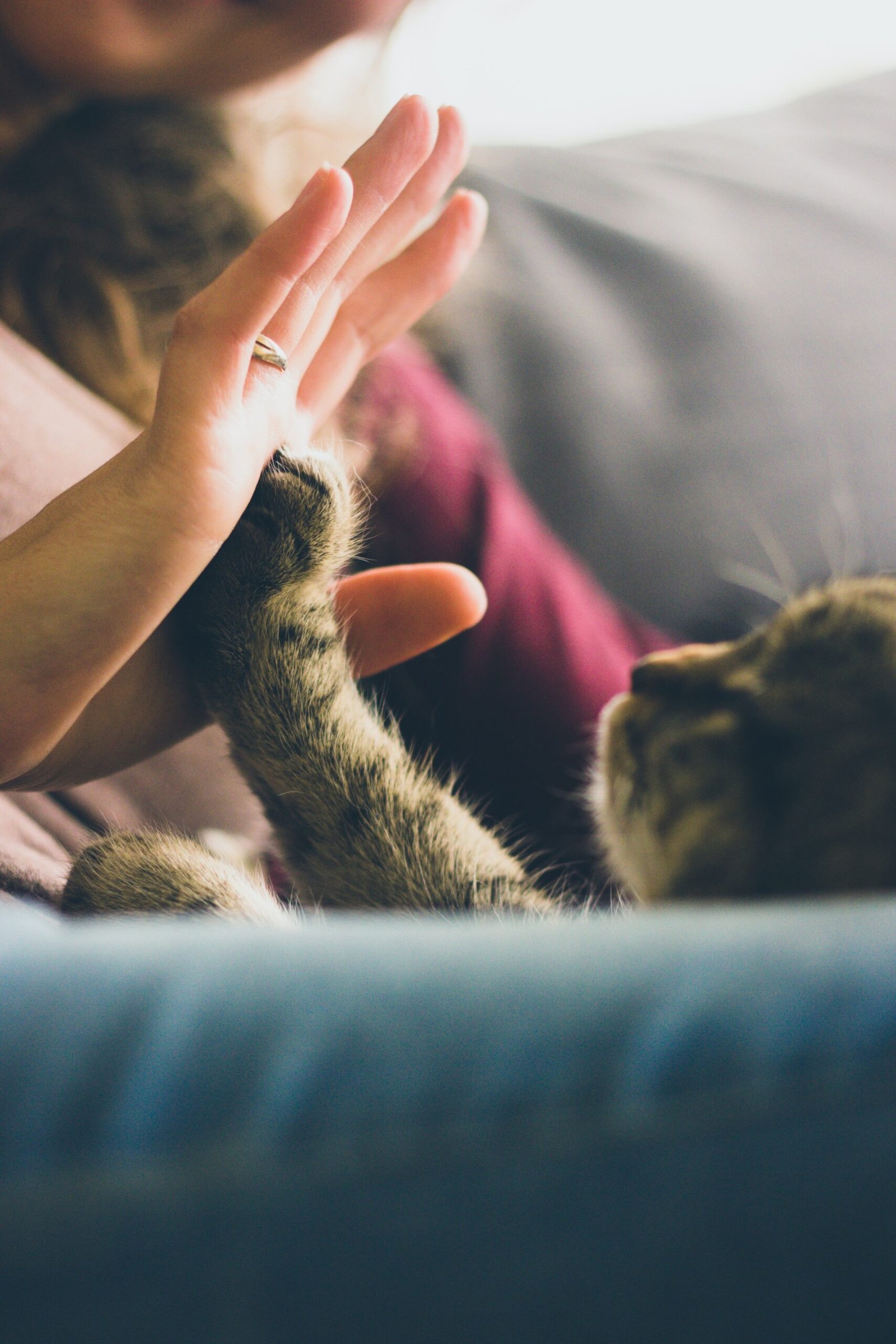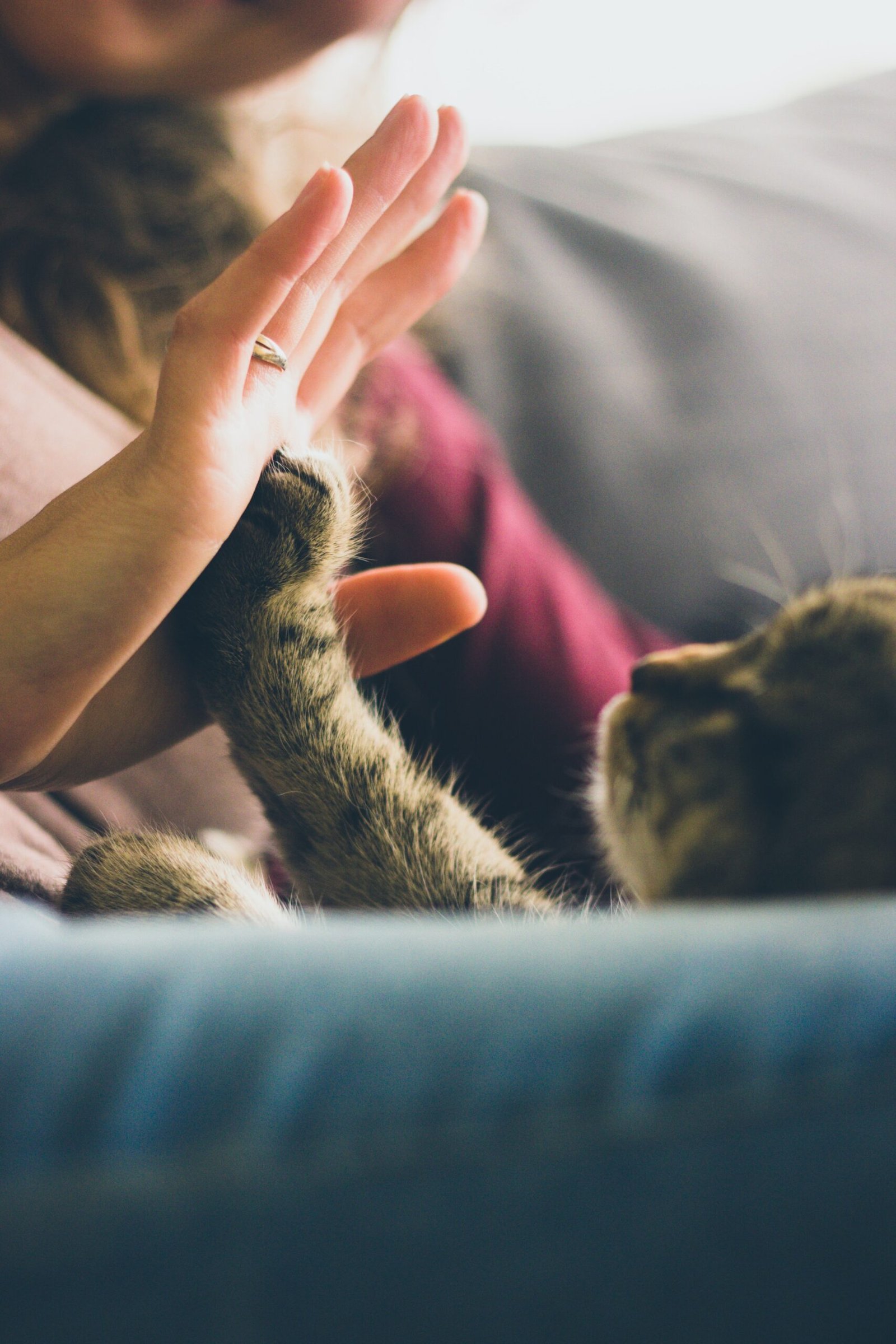Gone are the days when training your pet meant relying on punishment and dominance. Today, the focus has shifted towards a more compassionate and effective approach known as positive reinforcement training. This method not only helps you build a strong bond with your furry friend but also encourages them to behave in a way that aligns with your expectations. In this blog post, we will explore the latest trends and techniques in positive reinforcement training, providing you with valuable insights to create a harmonious and joyful relationship with your beloved pet.
Why Positive Reinforcement Training Works
Positive reinforcement training is based on the simple principle of rewarding desired behaviors rather than punishing unwanted ones. By using rewards such as treats, praise, or playtime, you can motivate your pet to repeat behaviors that you find desirable. This approach has been proven to be highly effective and is widely recommended by professional trainers and veterinarians.
One of the key advantages of positive reinforcement training is that it helps to build trust and strengthen the bond between you and your pet. Instead of instilling fear or anxiety, this method fosters a positive and nurturing environment where your furry friend feels safe to explore and learn. By focusing on positive experiences, you can create a mutually beneficial relationship built on love, trust, and respect.
The Latest Trends in Positive Reinforcement Training
As the field of animal behavior and training continues to evolve, new trends and techniques are emerging to enhance the effectiveness of positive reinforcement training. Here are some of the latest developments:
- Clicker Training: Clicker training is a popular technique that uses a small handheld device that makes a distinct clicking sound to mark desired behaviors. This helps to communicate with your pet more effectively and reinforces the association between the behavior and the reward.
- Target Training: Target training involves teaching your pet to touch a specific object, such as a stick or your hand, with their nose or paw. This technique can be used to teach a wide range of behaviors and tricks, making it a versatile tool in positive reinforcement training.
- Shaping: Shaping is a technique that involves breaking down a complex behavior into smaller, more manageable steps. By rewarding your pet for each incremental progress, you can gradually shape the desired behavior over time.
- Behavioral Enrichment: Behavioral enrichment involves providing your pet with stimulating and engaging activities to prevent boredom and promote mental and physical well-being. This can include puzzle toys, interactive games, and sensory experiences tailored to your pet’s preferences.
- Virtual Training: With the rise of technology, virtual training has become increasingly popular. Online platforms and apps offer a wide range of resources, including video tutorials, virtual classes, and personalized training plans, making it easier than ever to access professional guidance from the comfort of your own home.
Frequently Asked Questions (FAQs)
Q: How long does it take to see results with positive reinforcement training?
A: The time it takes to see results can vary depending on your pet’s age, breed, and previous training experiences. However, with consistency and patience, most pets start showing progress within a few weeks.
Q: Can positive reinforcement training be used for all types of pets?
A: Yes, positive reinforcement training can be applied to a wide range of pets, including dogs, cats, birds, and even small mammals. The principles remain the same across different species, although the specific techniques may vary.
Q: What if my pet exhibits unwanted behaviors?
A: Unwanted behaviors can be addressed through positive reinforcement training by redirecting your pet’s focus towards more desirable behaviors. It’s important to identify the underlying cause of the behavior and provide appropriate alternatives.
Q: Can I use positive reinforcement training for older pets?
A: Yes, positive reinforcement training is suitable for pets of all ages. While it may take longer for older pets to learn new behaviors, they can still benefit from the positive and nurturing approach of this training method.
Q: Are there any risks associated with positive reinforcement training?
A: When used correctly, positive reinforcement training is a safe and effective method. However, it’s important to ensure that the rewards used are appropriate for your pet’s health and dietary needs. Consult with your veterinarian if you have any concerns.
Conclusion
Positive reinforcement training offers a humane and effective way to shape your pet’s behavior and strengthen your bond. By incorporating the latest trends and techniques, you can create a positive and enriching training experience for both you and your furry friend. Remember to be patient, consistent, and always celebrate your pet’s successes. Together, you can unlock the secrets to a happy and well-behaved pet.
Call to Action
Are you ready to embark on a journey of positive reinforcement training with your pet? Discover the joy of training while building a stronger bond. Share your success stories and tips with others on social media and inspire fellow pet owners to join the positive reinforcement movement. Together, let’s create a world where every pet is treated with love and respect!
